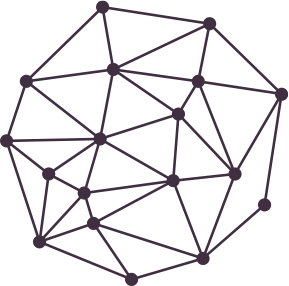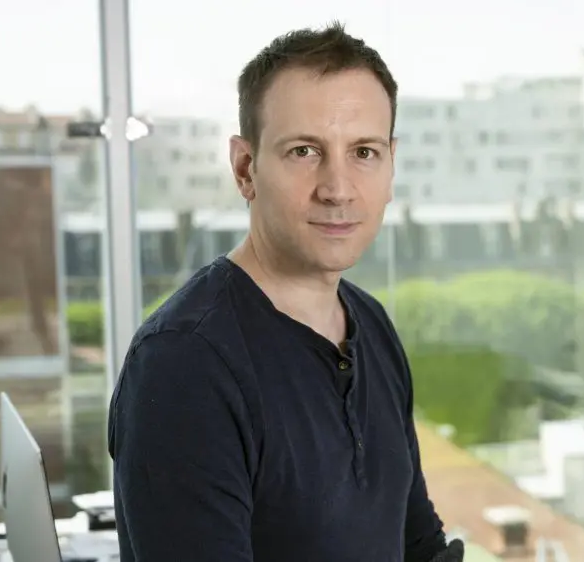November 25th, 2022
As we come up on the halfway point of the project, our Program Directors / Principal Investigators answer questions on the unique research being carried out in PICREID.

Professor Sakuntabhai, you began your career as a medical doctor before completing a PhD in molecular genetics and moving into research. What motivated this transition?
AS: I knew since the beginning that I liked research. I like to think, create a hypothesis and test it. While you need to think all the time as a medical doctor to take care of your patients, after a while the problems become repetitive. And you certainly cannot perform experiments with your patients! As a medical doctor, the research you can perform is within a clinical trial. You follow a protocol testing drugs or vaccines designed by somebody else. This is why I entered a PhD program; to learn how researchers find new drugs and new treatment strategies. Luckily, I now have my own new vaccine for dengue!
Given your experience in both clinical practice and research, what are the questions on your mind when studying emerging infectious diseases such as Crimean Congo Hemorrhagic Fever Virus or dengue?
AS: My research question is always the following: why do people react differently to pathogens? Some get severe disease and die, some have mild symptoms and some do not get any symptoms at all. I believe that studying only severely sick patients will not help us understand the pathogenesis of the disease and more importantly, the protection against diseases. We are the first group to work on asymptomatic dengue infection. The other aspect to study is transmission of pathogens. This is important especially in emerging infectious diseases. To stop epidemics or pandemics, we have to stop transmission. To only decrease disease severity is not enough.
PICREID uses a One-Health approach to study the transmission, adaptation and pathogenesis of viruses with pandemic potential in South East Asia and West and Central Africa. Why is this approach important?
AS: It is very important as mentioned above to understand transmission of pathogens, as these pathogens transmit to humans from animals through arthropod vectors. It is important to understand how the pathogens evolved in all these species. The environment and ecosystem are also important in determining the transmission and emergence of the pathogens. Thanks to our team of multi-disciplinary experts and the diversity of project locations throughout the Pasteur Network, we are able to perform this study to compare the transmission, adaptation and pathogenesis of viruses with pandemic potential in South East Asia and West and Central Africa.
You have many years’ experience coordinating international research on infectious diseases, such as the European FP7 project on Dengue Framework for Resisting Epidemics in Europe (DENFREE) or the Global Network for Dengue Research for the Institut Pasteur International Network. What would you say is unique about PICREID compared to your previous projects?
AS: What makes PICREID unique compared to other projects is the One Health and multi-disciplinary approach. We study three important arthropod-borne pathogens which have different hosts, vectors and modes of transmission. We conduct a comparative study of three different ecosystems. This is a lot of fun!
PICREID is one of 11 projects funded by the NIH that form a network known as the CREID Network, and the only project not coordinated by an American institution. How has this experience been, and what advice do you have for other foreign investigators considering submitting and coordinating a proposal funded by the NIH?
AS: As a non-US coordinator, I can see several advantages both for the researchers and the funder. We can bring in elements that US partners do not have or cannot access. It is important to show these unique assets in the application.
Working with the NIH officers has been a positive experience. They are engaged in the project and very helpful. Being involved in this network has also offered additional opportunities since we received the initial award. In PICREID, we received funding for three supplementary projects during the first two years.


Dr. Simon-Lorière, you recently joined Dr. Sakuntabhai as Program Director/Principal Investigator of the PICREID project – congratulations! You bring to the project leadership your expertise in the evolutionary processes of RNA virus. Could you explain the type of research questions your team is working on in PICREID?
ESL: A large part of our work concerns the generation and analysis of pathogen genomic data to understand how they evolve and spread as they emerge or circulate in populations. In parallel, we are also developing functional assays to dissect the impact of specific genomic changes on the virus properties, and test hypotheses on the processes that shape virus evolution in nature.
You have been very involved in the research response to SARS-CoV-2 at Institut Pasteur. What lessons do you think we have learned from this pandemic that can be applied to the research in PICREID?
ESL: There were numerous lessons. What I will retain of relevance to PICREID is the importance of finding an equilibrium between the Public Health missions that many Institutes involved in PICREID contribute to, and the more basic science research questions on SARS-CoV-2 and COVID-19. Although the timescales of these two aspects are often very different, they present many connective bridges and opportunities for very useful scientific insights.
What does involvement in the CREID network entail and how would you describe the experience of these first years of collaboration?
ESL: The COVID-19 pandemic has brought many challenges in terms of communication and exchange of information outside of our consortium. Fortunately the CREID coordinating center has made many efforts to help bypass these and create a real pool of resources and experiences to tap into, but also to contribute to. It has been great to be able to discuss with scientists from very different backgrounds and set up collaborations in response to various recent outbreaks such as Chikungunya, SARS-CoV-2 of course, or Monkeypox virus.
One of the major ambitions of the CREID Network is to help train the next generation of scientists in the field of emerging infectious diseases. As head of the G5 “Evolutionary genomics of RNA viruses” at Institut Pasteur, what advice do you have for the early-career investigators in our consortium?
ESL: Indeed, one of the most exciting aspects of this program is its dedication to junior researchers’ growth, through mentorship and CREID Pilot Program opportunities. I encourage junior scientists to reach out to PICREID and CREID members for opportunities for projects and collaborations, and to make use of the resources of the network, for example to practice grant writing for different type of stakeholders. Most importantly, check out the Pilot Programs, which are great ways to build and get funding your own project in collaboration with one of the CREID research centers.


